The American Urological Association and American College of Physicians advocate a daily goal urine volume of 2.5 liters — nearly 11 cups of urine output — for people who form kidney stones. High dietary fluid intake, then, is a cornerstone of kidney stone prevention. Yet one of the most common barriers people who form kidney stones face in achieving sufficient fluid intake is difficulty remembering to drink enough water.
The most common approach to prevention of and treatment for kidney stones involves a standard dietary fluid recommendation from a patient's doctor: Drink more water. In 2018 and 2019, urologist Michael S. Borofsky, M.D., University of Minnesota Health, and a multisite team of researchers conducted a prospective randomized controlled trial comparing the effect of standard dietary fluid recommendations alone to standard dietary fluid recommendations with the addition of a smart water bottle on 24-hour urine volume. Participation was voluntary.
"There was interest in using smart water bottles for this purpose but sparse data existed as to whether such technology leads to better outcomes relative to standard counseling," says Coleman Iverson, HidrateSpark co-CEO. "We wanted to assess whether the addition of a smart water bottle to standard dietary fluid recommendations to drink more water would make a difference."
In a clinical trial to assess whether use of smart water bottle in addition to standard dietary fluid recommendations to drink more water would lead to improved 24-hour urine volume, participants who used the HidrateSpark 2.0 averaged an increase of 0.5 liter more per day than participants who received only the recommendation.
About the trial
The research team gained Institutional Review Board approval to offer voluntary enrollment to up to 100 participants in 2018-2019. Patients were eligible to participate if they were 18 years or older and had a history of kidney stones and low urine volume (less than 1.5 liters) in the past six months.
Participants were divided into two groups:
- Dietary fluid recommendations group: In this typical form of treatment, group members received a recommendation from the doctor to drink more water.
- Smart bottle group: These participants received a recommendation to drink more water and a HidrateSpark 2.0.
Notes Dr. Borofsky: "Of the 77 subjects enrolled in the study, 38 received dietary fluid recommendations only and 39 received those recommendations and a HidrateSpark 2.0. The baseline demographics between groups, including age and sex, were similar."
All participants received a handout of strategies to achieve a goal 24-hour urine volume of 2.5 liters. The dietary fluid recommendations group then recorded their own daily fluid output. The smart bottle group received the handout plus a HidrateSpark 2.0 with a sensor that recorded daily fluid intake, synced to the user's smartphone. The HidrateSpark 2.0 provided periodic reminders to drink by glowing.
Study findings support smart bottle use
All participants completed a baseline survey to assess barriers to achieving adequate fluid intake. They then repeated a 24-hour urine volume evaluation and survey at six weeks and 12 weeks.
Among all participants at baseline, the main reported factor limiting sufficient fluid intake was not remembering to drink (58%), although 62% reported being very motivated to increase fluid intake.
At six and 12 weeks, both groups showed increases in 24-hour urine volume, but the average increase was greater in the smart bottle group: 1.3 liters vs. 0.8 liters. Both groups also reported subjective increases in fluid intake daily.
In the follow-up surveys, fewer patients in the smart bottle group reported not remembering to drink as the main factor limiting sufficient fluid intake (38%, vs. 76% of the patients in the dietary fluid recommendations group).
"Our study confirms that difficulty remembering to drink is a common barrier in achieving sufficient fluid intake for people who form kidney stones," says Dr. Borofsky, "Study outcomes support that the addition of the HidrateSpark 2.0 smart bottle to dietary recommendations may lead to less difficulty remembering to drink and greater increases in 24-hour urine output volumes."
The preliminary findings from this study, Utilization of a Smart Water Bottle to Increase Fluid Intake in Stone Formers, have been submitted for publication. The next trial investing the efficacy of smart water bottles in kidney stone disease and whether a program of behavioral interventions, including drinking more fluids, will help prevent stone disease progression, is currently seeking participants. You can learn more about the Prevention of Urinary Stones with Hydration (PUSH) clinical trial at the Urinary Stone Disease Research Network website.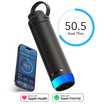
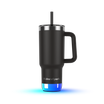
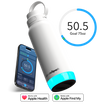
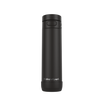
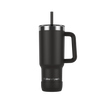
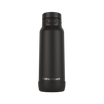

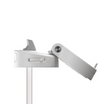


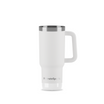
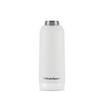
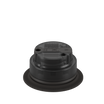
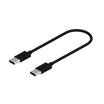

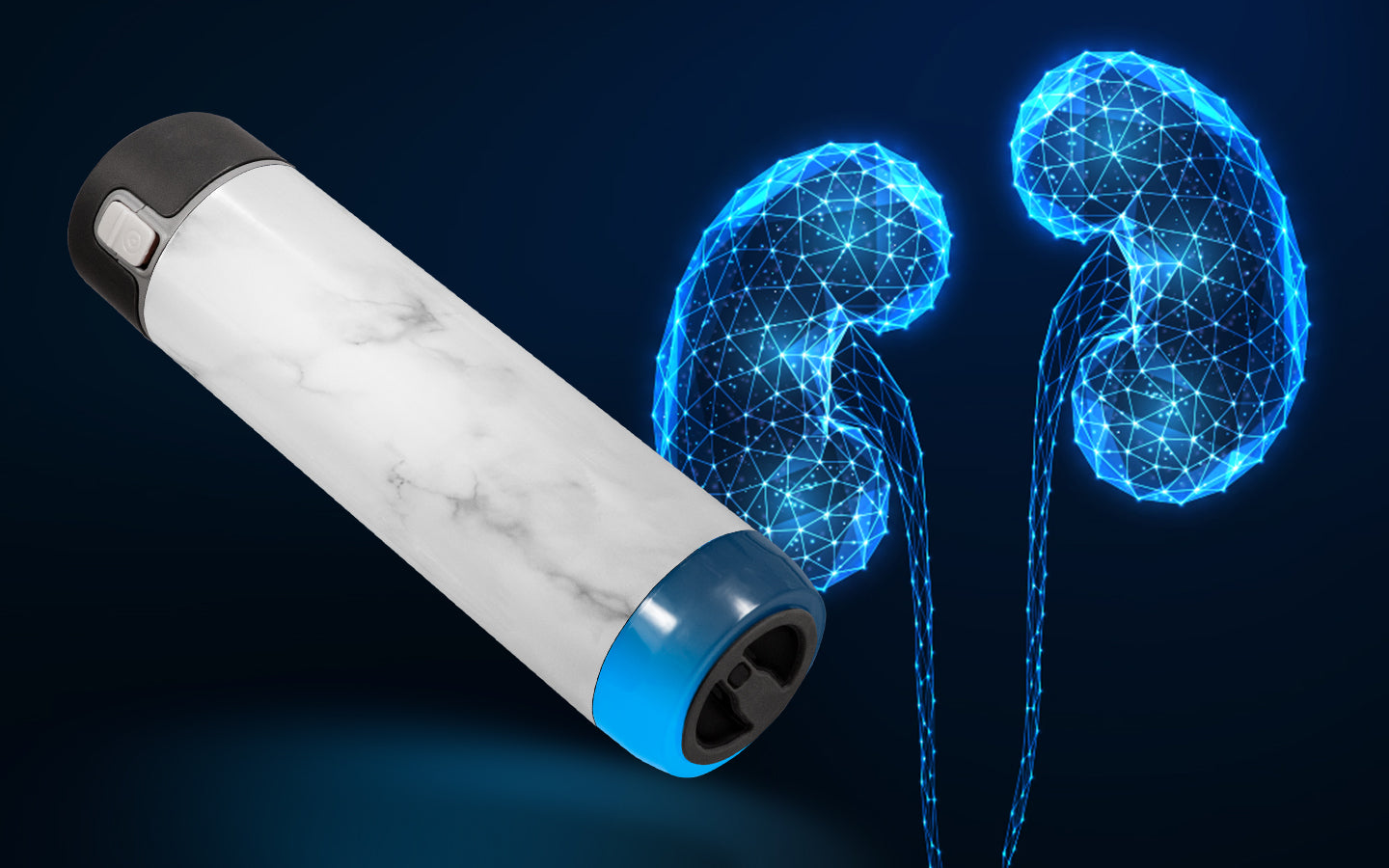
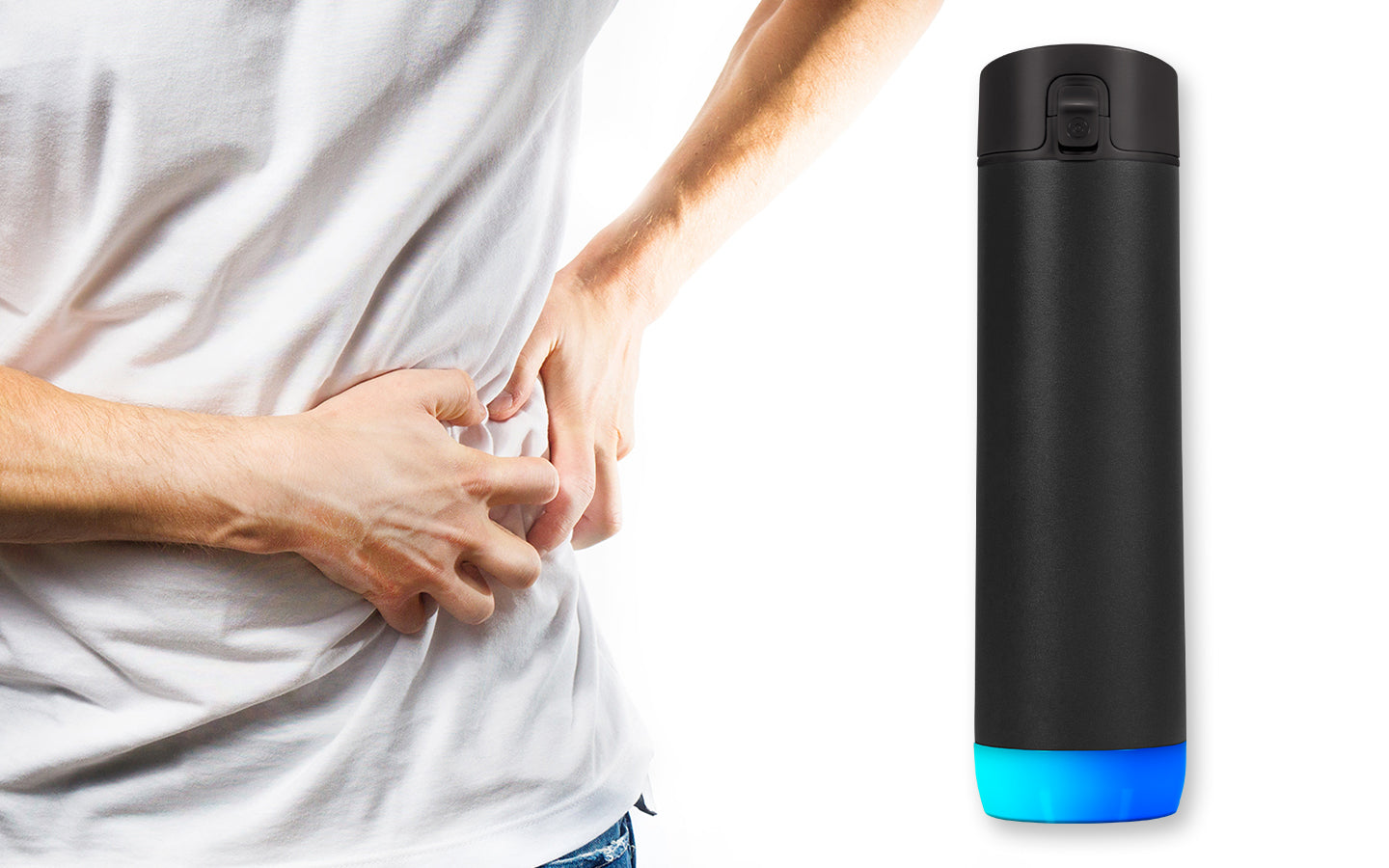

Leave a comment
This site is protected by hCaptcha and the hCaptcha Privacy Policy and Terms of Service apply.